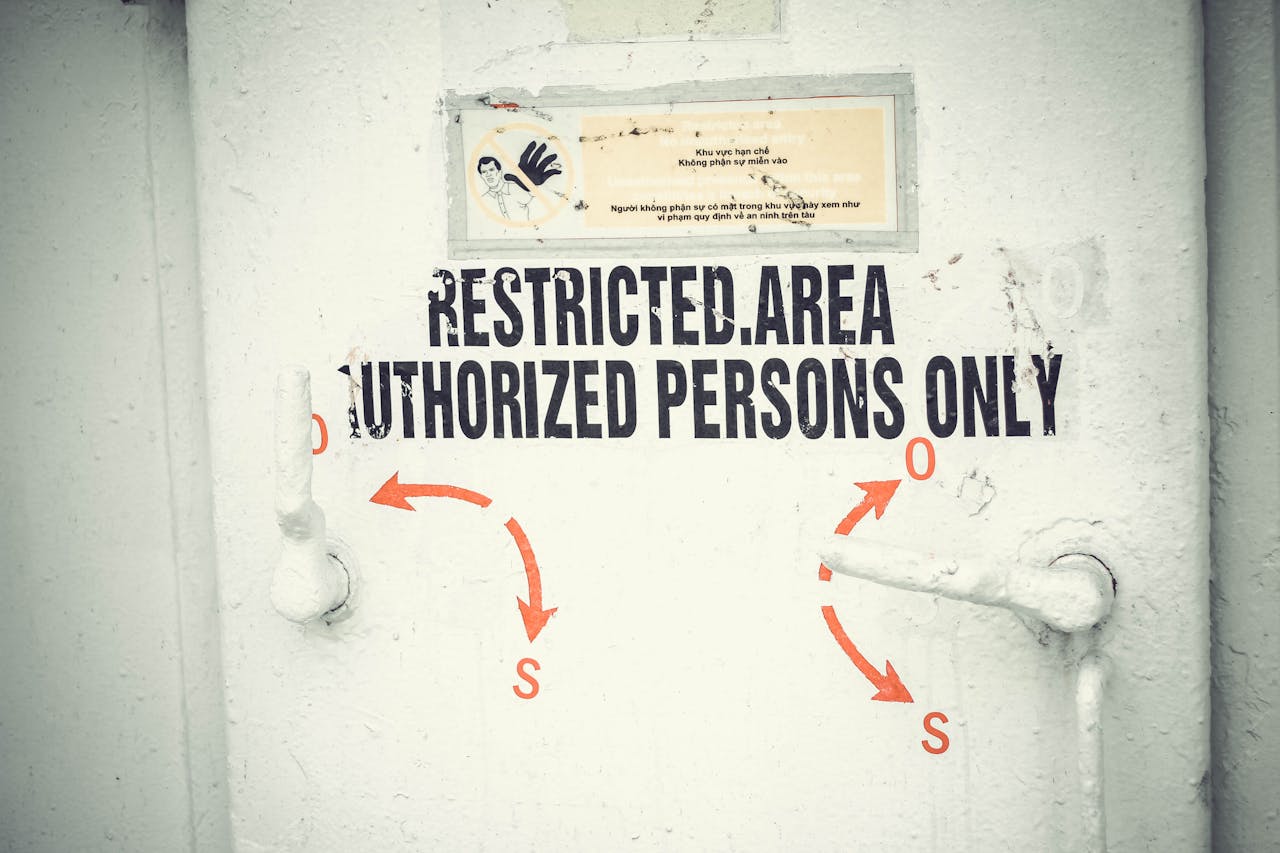Why digital safety belongs in the boardroom. Cybersecurity is no longer just a matter for the IT department. Yet in many organizations, that's still where it's placed. The reality? A security incident affects everything — operations, reputation, finance, and even legal standing. It's time cybersecurity becomes a permanent item on the boardroom...
Follow the latest news
What if Microsoft pulls the plug?
Digital dependency isn't just theoretical. More and more organizations rely — partially or fully — on Microsoft's infrastructure, cloud services or user accounts. It's convenient, reliable and widely adopted. Until something goes wrong. What happens if Microsoft suddenly cuts off access to your environment?
AI brings double-sided security challenge
Many organizations embrace AI to enhance cybersecurity—but at the same time, worry that it opens the door to new threats. Recent research by Trend Micro reinforces this tension: 81 % of companies use AI defensive tools, yet 94 % fear it also increases their attack surface.
Cybersecurity is a boardroom priority
In many organizations, cybersecurity is still seen as a technical topic—something for the IT team to handle. But in today's digital economy, it's a core business risk. That means it belongs at the highest levels of the organization: the boardroom.
Backups are often seen as the ultimate safety net against ransomware, data loss or system failure. But is your trust in those backups justified?
The new NIS2 directive introduces strict cybersecurity obligations for a wide range of sectors. Many companies assume it only applies to their "core" legal entity. But in practice, subsidiaries and support units within a corporate group may also fall under its scope.
Technology can do a lot — but should it always do what's technically possible? As AI and data-driven systems become more powerful, ethical questions become more urgent.
How to strengthen your it sovereignty
More and more organizations rely on third-party software, cloud providers and external IT partners. While this drives efficiency, it also introduces risk. Who really controls your data? What happens if a vendor shuts down, changes terms or becomes subject to international regulations?
AI becomes the biggest security threat
For years, ransomware dominated the list of cybersecurity concerns. But a new and more elusive threat has taken its place: artificial intelligence. Not as a defensive tool, but as a weapon in the hands of attackers. Recent global surveys show that organizations now see AI-powered threats as a greater risk than traditional malware.
Every organization processes data. But with data comes responsibility. Especially in software development and IT infrastructures, the rule applies: the more sensitive the data, the higher the level of protection should be. Yet the term 'appropriate security measures' often remains vague in legal and regulatory documents. So, what does it...











